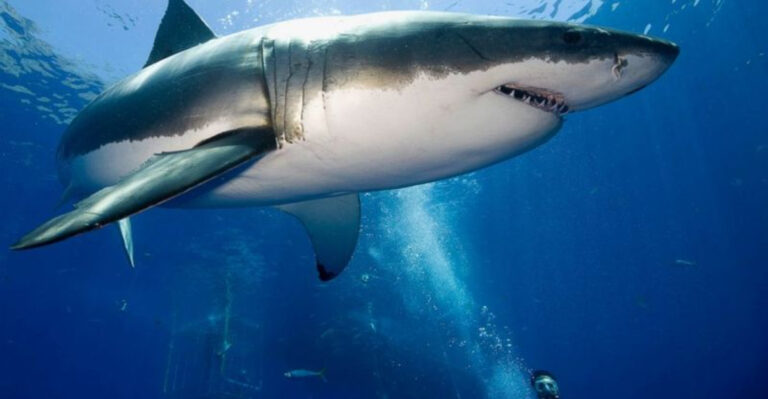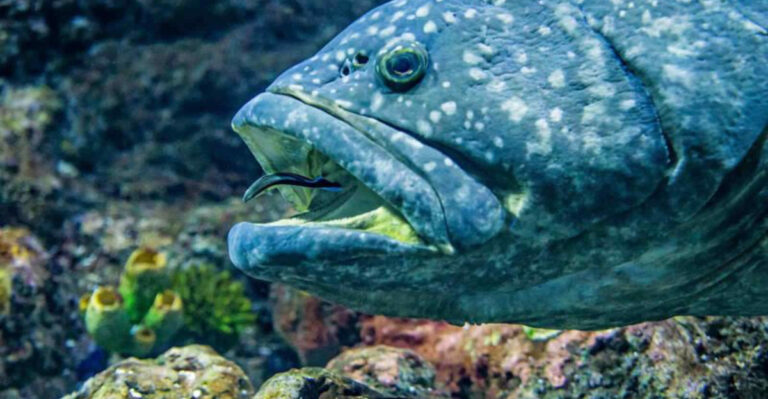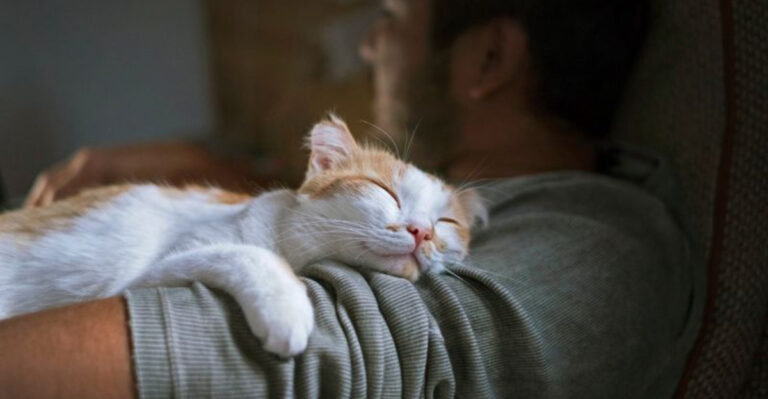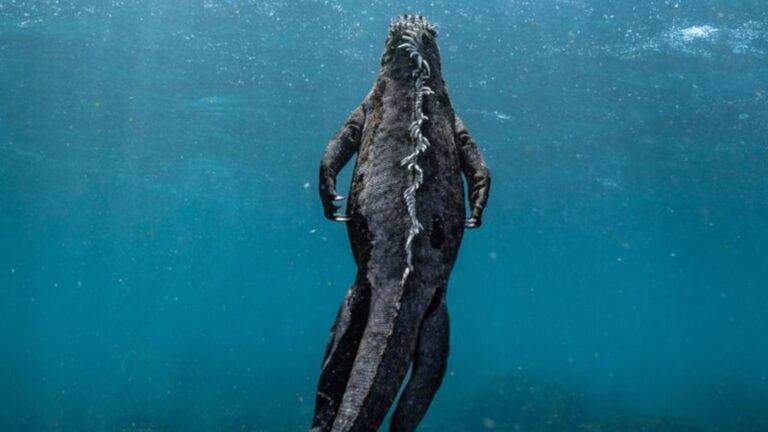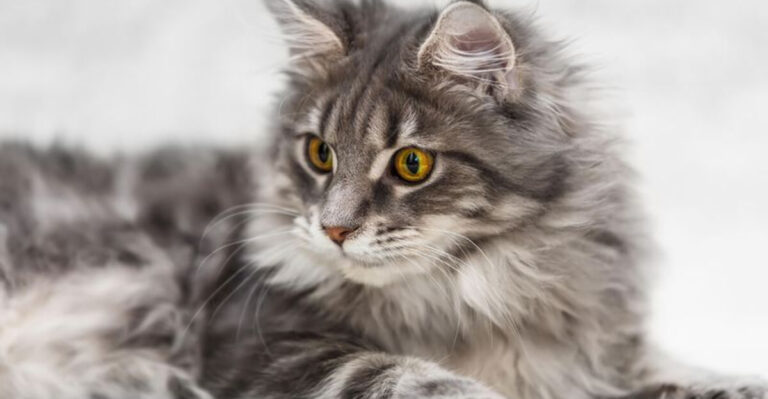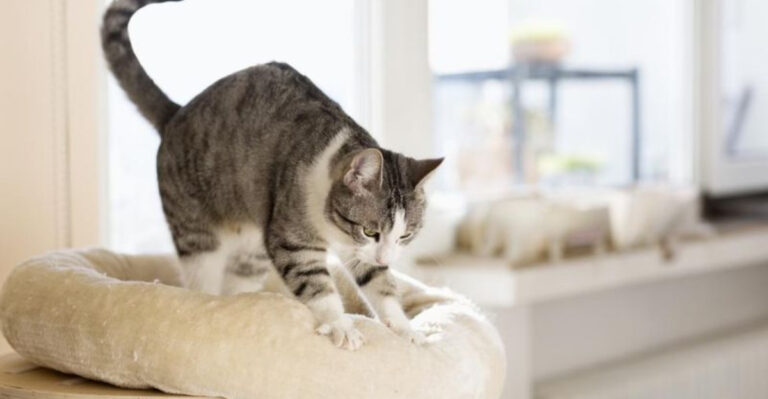12 Animals That Made History In Space
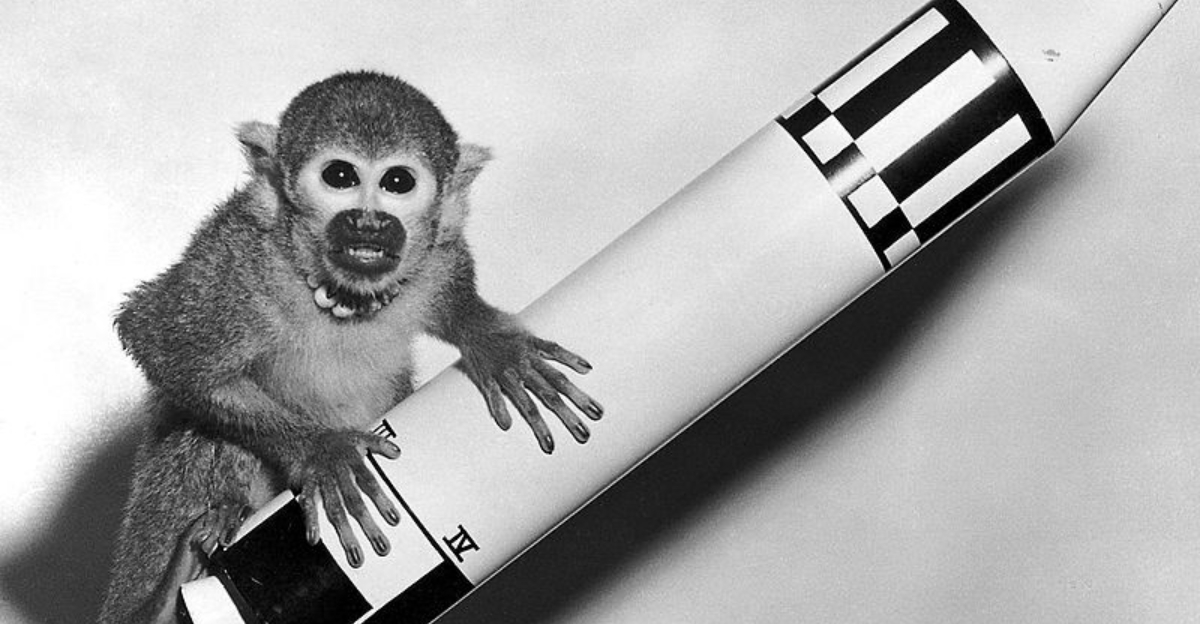
Imagine being a furry or feathered pioneer, blazing a trail among the stars. These animals did just that, stepping into the unknown and making history.
From dogs to jellyfish, diverse creatures have left Earth behind to help us unlock the universe’s mysteries.
1. Belka And Strelka The Dogs
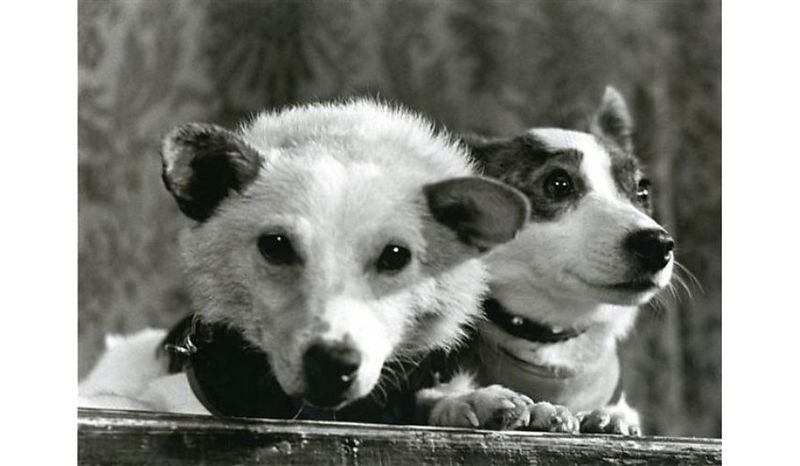
Ever heard of canine cosmonauts? Belka and Strelka, two Russian dogs, orbited Earth in 1960, becoming the first living beings to return from space unharmed.
Their voyage was a crucial step for humans, proving life could survive the journey. Strelka later had puppies, one of which was gifted to President Kennedy’s family.
These dogs were pioneers, paving the way for human space travel with wagging tails and wagging courage.
2. Laika The Dog
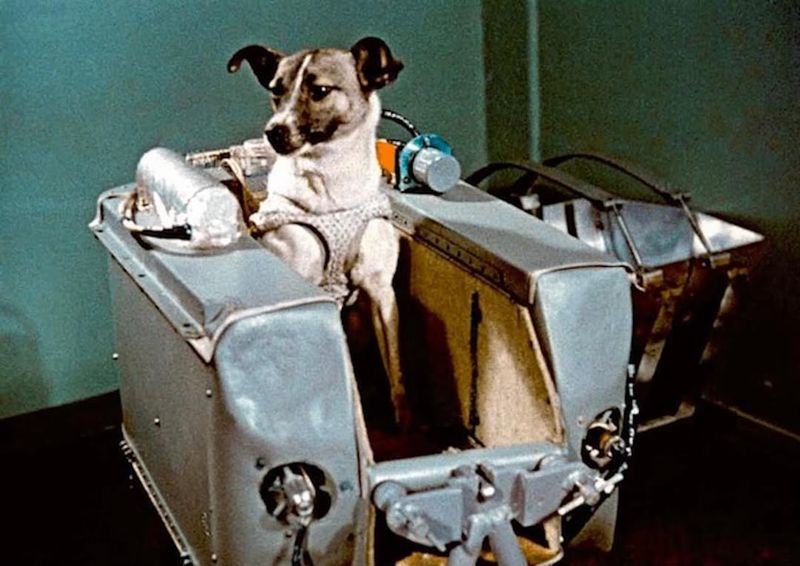
Laika’s journey was both groundbreaking and heartbreaking. This little stray from Moscow became the first animal to orbit Earth in 1957.
Her mission on Sputnik 2 was vital in showing humans could survive a space launch. Though she didn’t return, her sacrifice wasn’t in vain.
Laika’s mission paved the way for future explorations, leaving a paw print on the history of space travel.
3. Félicette The Cat
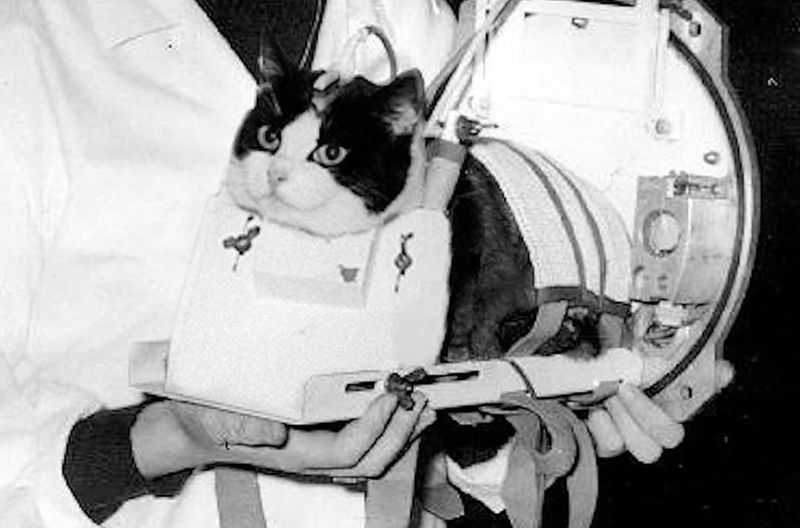
Meet the first feline astronaut, Félicette. Launched by the French in 1963, she became the only cat to journey into space and return safely.
Her mission provided valuable data on the brain’s reaction to space. With electrodes implanted, she helped scientists understand the effects of microgravity.
Félicette’s adventure was a small step for a cat, but a giant leap for science.
4. Ham The Chimpanzee
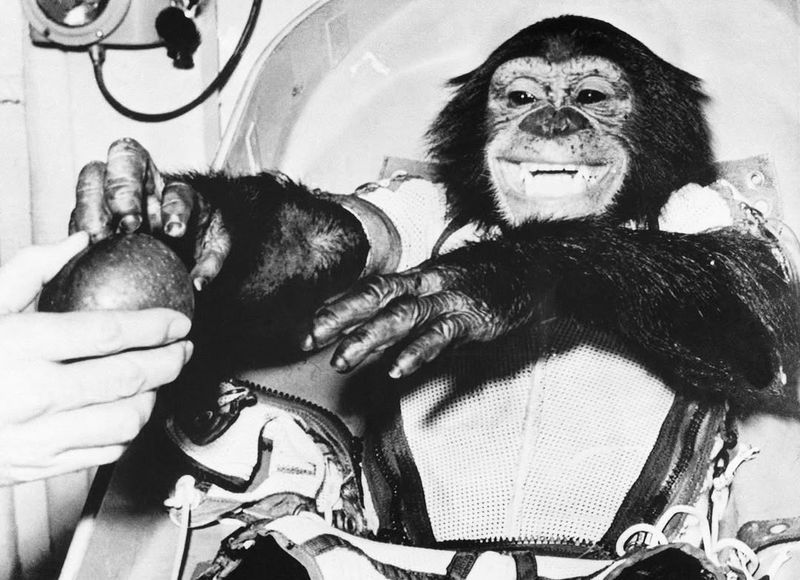
Ham wasn’t just monkeying around when he became the first chimp in space. In 1961, he performed tasks during his flight, proving that humans could operate spacecraft.
His successful mission paved the way for human astronauts. Ham’s heroic adventure taught us vital lessons in the quest to explore beyond our home planet.
5. Albert II The Rhesus Monkey
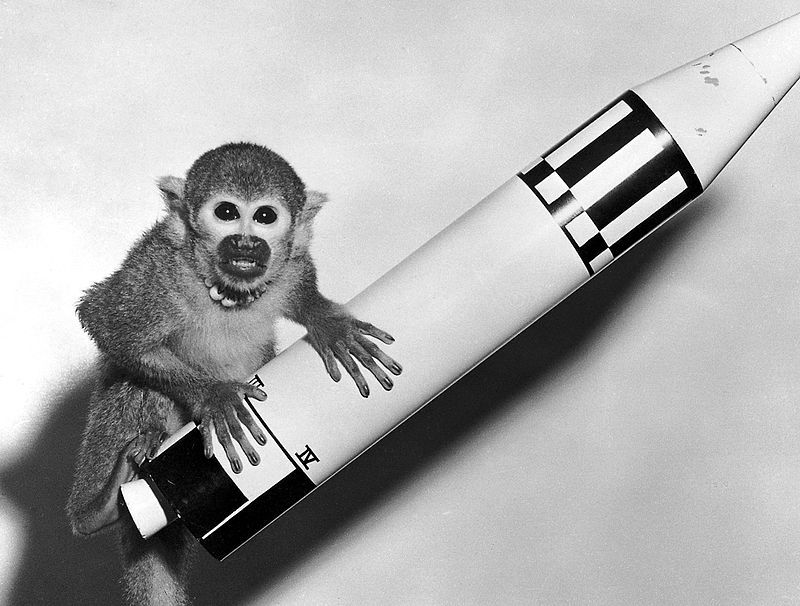
Albert II holds the bittersweet title of the first monkey in space. In 1949, he reached an altitude of 83 miles. Although his flight was a one-way trip, it was foundational for future missions.
His contribution helped scientists understand the effects of space on living organisms. Albert’s brave leap into the unknown marked a milestone in space exploration history.
6. Tortoises
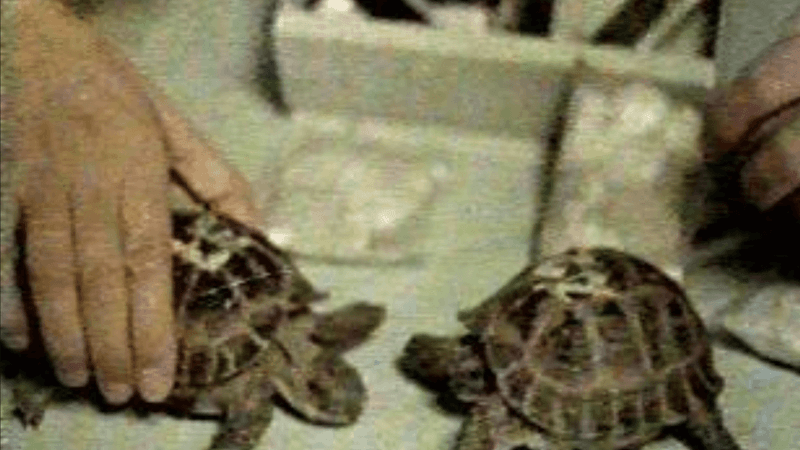
In 1968, two tortoises from the Soviet Union orbited the Moon, beating humans to it. They embarked on the Zond 5 mission, marking a significant achievement in space exploration.
Their journey provided critical data on how living organisms handle long-duration space travel. These slow-and-steady adventurers made history by taking a lunar loop long before a human stepped on the Moon.
7. Tardigrades
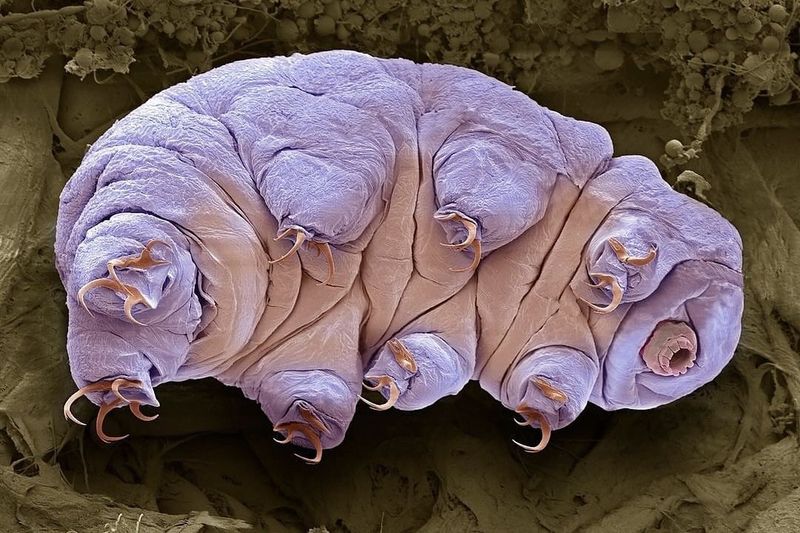
Tardigrades, the microscopic water bears, are the ultimate survivors. In 2007, these tiny beings endured the vacuum of space, radiation, and extreme temperatures.
Their resilience demonstrated that life can survive harsh conditions beyond Earth. These microscopic marvels expanded our understanding of life’s potential in the universe.
8. Fruit Flies
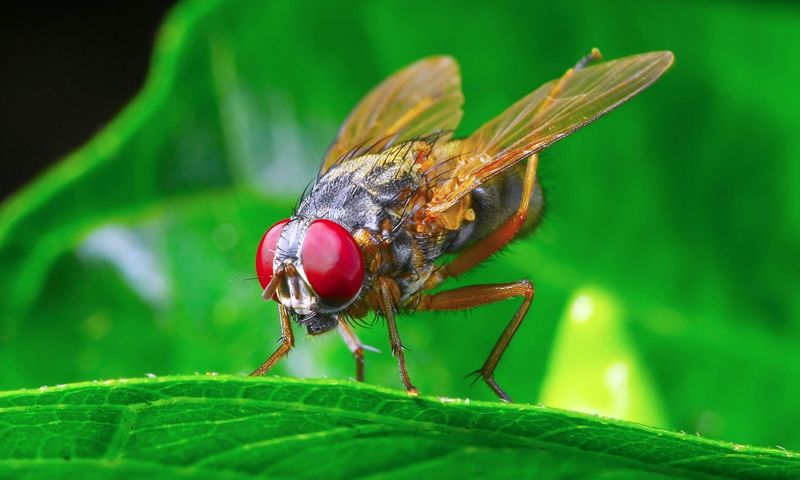
Did you know that fruit flies were the first animals in space? In 1947, they flew aboard a V-2 rocket to study the effects of radiation exposure at high altitudes.
Their successful return paved the way for larger creatures. These tiny pioneers helped scientists learn that life could handle the rigors of space travel.
9. Mice
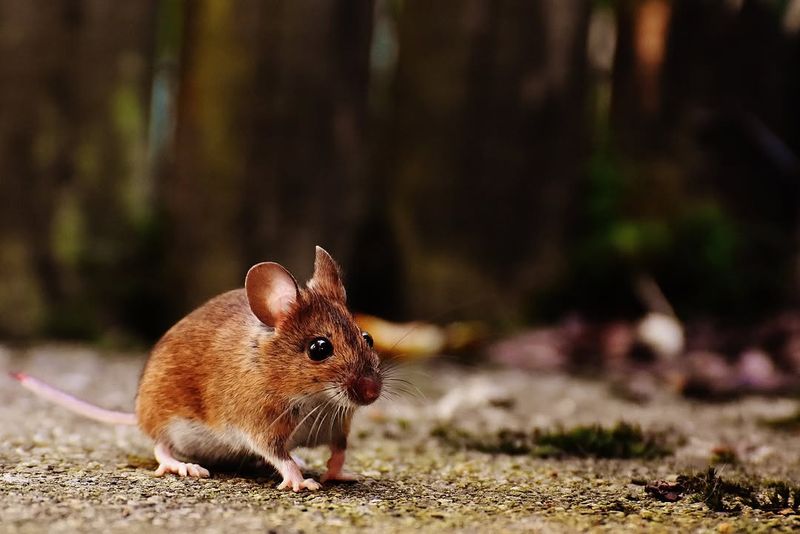
Mice have been regular space travelers for decades, primarily for scientific research. In 2001, they joined the space station, providing insights into microgravity’s effects on mammals.
Their contributions have been critical in understanding biology and medicine in space. These little explorers have continuously helped scientists piece together the complexities of living in orbit.
10. Jellyfish

Imagine jellyfish gracefully swimming in space. In 1991, over 2,000 jellyfish joined the crew of the space shuttle Columbia.
Their mission was to study the effects of weightlessness on development. These gelatinous creatures helped scientists understand how organisms perceive gravity, even in the vast emptiness of space.
11. Ants
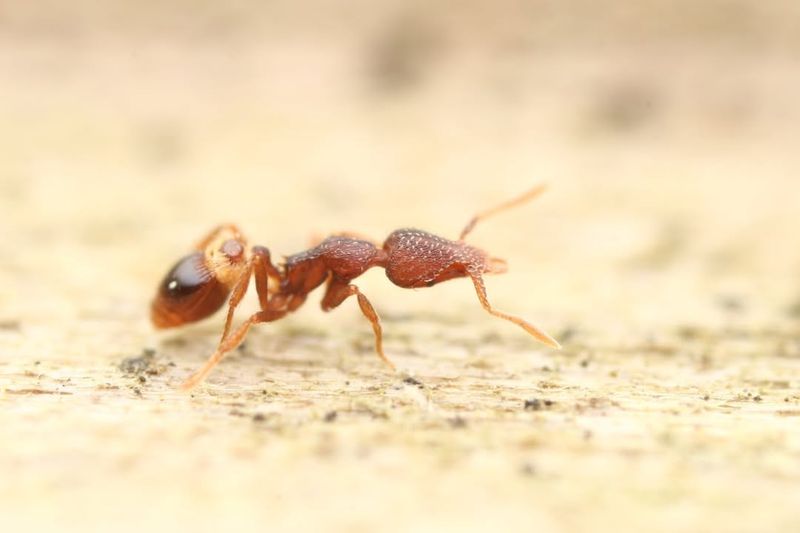
In 2014, ants ventured into space, showcasing their renowned teamwork and adaptability. Their mission aimed to observe their behavior in microgravity.
These tiny engineers provided insights into social structures and problem-solving in space. Ants proved that cooperation knows no bounds, not even in the infinity of space.
12. Nematodes (Roundworms)
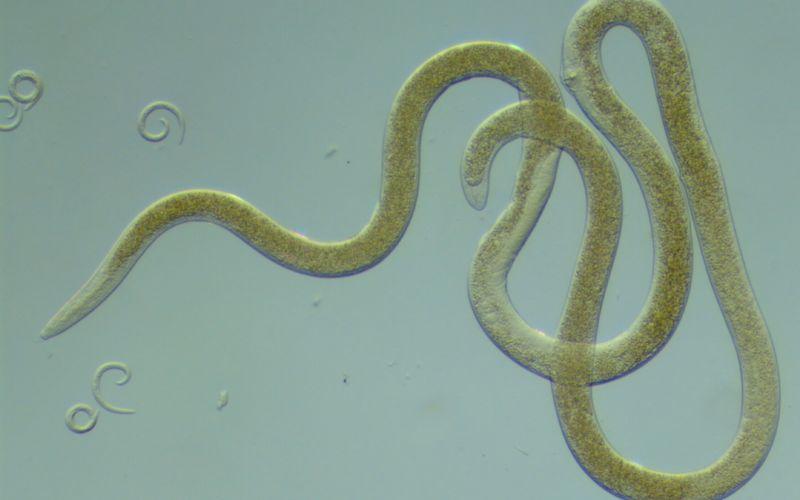
Nematodes, tiny roundworms, have been invaluable in space research. In 2003, they survived the Columbia disaster, providing data on life’s resilience in extreme conditions.
Their genetic makeup and adaptability offer clues to understanding biological processes in space. These humble creatures continue to play a crucial role in unraveling the mysteries of space life.

